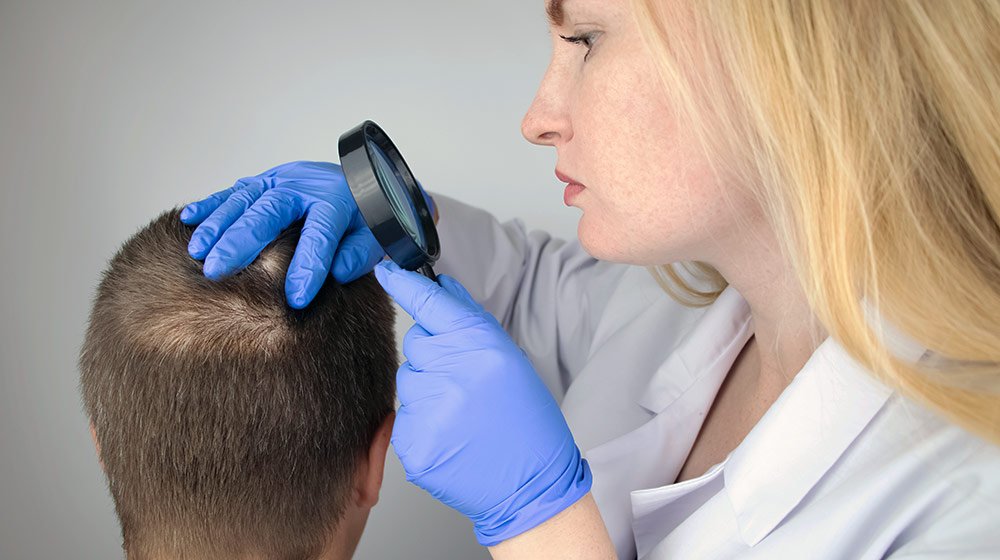
Health

The word alopecia translates as “hair loss”. But what causes alopecia areata and how can you recognize it and get treatment?
Alopecia areata is an unpredictable autoimmune disorder affecting about 2% of people, including about 7 million in the United States. With its distinctive visual appearance, alopecia is easy and fast to diagnose but can be emotionally difficult to handle.
Alopecia appears to be genetic, as one in five alopecia patients also has a family member who has experienced the condition. The condition usually develops very quickly – within a few days – producing bald spots about the size of a quarter. There are no other symptoms and alopecia does not make you “sick” beyond the visual evidence of lost hair, nor is it contagious.
Despite rumor, there is no real scientific evidence that alopecia is caused or even worsened by stress.
Alopecia areata is an autoimmune disorder in which white blood cells attack the cells in hair follicles. In alopecia patients, hair follicles reject healthy hairs due to the presence of CD8(+NK T-cells in the follicle. Scientists are uncertain why this occurs but believe genetics are involved.
What is your risk? More than 80% of people who will have alopecia will have it by age 40. (More than half will experience it by childhood.)
About 70% of alopecia sufferers make a full recovery, though it can take a year to regrow lost hair. Less than 30% experience ongoing symptoms or recurrence of alopecia beyond the first incident.
While there is no cure for alopecia, there are some people whose symptoms are resolved without treatment. For those whose symptoms do not quickly resolve on their own, treatments are available to help in regrowing the lost hair.
The most prevalent treatment for alopecia is corticosteroids, powerful anti-inflamatory drugs that can help resolve an alopecia episode by taming the immune system’s over-response. In addition, your doctor may prescribe minoxidil, Anthralin, SADBE, or DPCP. Any of these help regrow hair but may not prevent new bald patches in persistent cases of repeat alopecia.

Preliminary studies in animals show promise for reducing or preventing alopecia areata through consumption of quercetin, a naturally occurring bioflavinoid found in fruits and vegetables. So while more studies and human trials are needed, consuming fruits and vegetables may be an extra precaution especially for those who already have alopecia somewhere in their family medical history.
Alopecia areata is a medical condition requiring diagnosis by a doctor. And discussing alopecia with a doctor in a discrete setting has never been easier.
Telehealth is a new resource for men. Opt Health exists to help men address discrete health questions on their terms.
Opt Health is a telemedicine platform that reconnects men with wellness, fitness, strength, and sexual vitality through scientific preventive medicine. From your own home, you can schedule with a physician, meet one-on-one via video conference, receive test results, and have medications delivered to your door.
For questions, inquiries, or appointments, don’t hesitate to contact us. Get personalized support and insight from top-tier physicians available 24/7.
Your health, your terms. Discover how personalized care can transform not just the way you feel, but how you live.